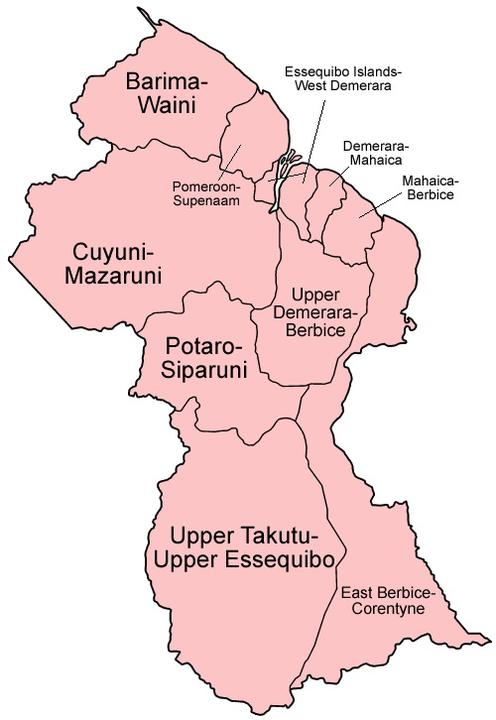 One of the largest freshwater fish is the Arapaima which lives in Tropical South America in a region between Brazil and Guyana. They can grow to a length of 3 meters and can weigh a massive 200 kilograms. They are unique fishes since they breathe through a primitive form of lungs. They inhabit in oxygen poor environment.
One of the largest freshwater fish is the Arapaima which lives in Tropical South America in a region between Brazil and Guyana. They can grow to a length of 3 meters and can weigh a massive 200 kilograms. They are unique fishes since they breathe through a primitive form of lungs. They inhabit in oxygen poor environment.
 One of the largest freshwater fish is the Arapaima which lives in Tropical South America in a region between Brazil and Guyana. They can grow to a length of 3 meters and can weigh a massive 200 kilograms. They are unique fishes since they breathe through a primitive form of lungs. They inhabit in oxygen poor environment.
One of the largest freshwater fish is the Arapaima which lives in Tropical South America in a region between Brazil and Guyana. They can grow to a length of 3 meters and can weigh a massive 200 kilograms. They are unique fishes since they breathe through a primitive form of lungs. They inhabit in oxygen poor environment.
Among the world’s largest freshwater fish, arapaima live in tropical South America, especially Brazil and Guyana. They can grow up to 10 feet (3 meters) long and weigh 440 pounds (200 kilograms). They breathe air through a primitive lung, and tend to live in oxygen-poor backwaters.
Inhabitants of the Amazon region have been long dependent on the Arapaima and they are being hunted in large numbers leading to fears that they could be hunted to the levels which will make the species endangered.
Arapaima
The Arapaima was believed to be of only one type but a new new species has been discovered. The discovery of the new species is important since it hints at the wide diversity of the Arapaima and also points out to the importance of more study on the species.
The research was headed by Donald Stewart and he said, “Because it brings attention to the diversity of arapaima that is out there and that needs to be collected and studied. Hopefully it will get more people in Brazil looking more closely at what’s swimming around out there.”
It was a belief that there is only one species of Arapaima but Stewart has revealed that there are five different and distinct species of the giant freshwater fish. In fact in March Stewart published a paper which turned aside the notion which held true for more than 200 years that there is only one species of Arapaima and said that there are 5 different species of the giant fish.
The newest species, Arapaima leptosoma, had not been suspected before. The body of the Arapaima leptosome is more willowy than other arapaima. The Arapaima leptosome bears an exclusive horizontal black bar on the side of its head, which is a distinctive series of sensory organs.





